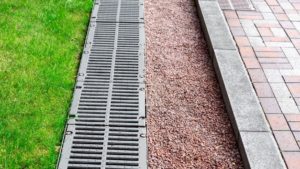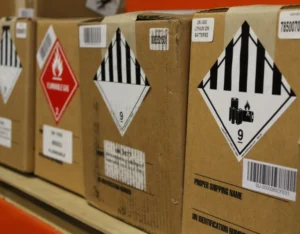Your Guide to Aluminum Fence Replacement & Retaining Walls

Making your yard look better and more useful by replacing old fences or adding walls can make a big difference in how it looks and how it works. Aluminum fencing is a popular choice because it is durable and easy to keep clean. Retaining walls help manage sloped areas and add visual interest.
This guide will help you replace your aluminum fence and install a retaining wall.
Benefits of Aluminum Fencing
Before we look at why aluminum fencing replacement is a good choice, let’s look at why.
- Aluminum is strong and can resist rust and corrosion, so it can last a long time.
- It doesn’t need to be painted or stained, unlike wood.
- These fences come in different styles and colors to match your home’s look.
- It protects your property with a strong barrier.
How to Gather Materials and Tools?
Here are the things you need to replace your aluminum fence.
Materials: Aluminum fence panels, posts, screws, and concrete mix for setting up the posts.
Tools: Post hole digger, level, measuring tape, screwdriver, saw (if panels have to be cut)
Installation of Aluminum Fence
Here’s how to install an aluminum fence:
Remove the Old Fence and Replace it
- Remove the old fence panels and posts by hand.
- Remove the old materials and clear the area for the new fence.
Put Up Fence Posts
- Write where to put the new fence posts.
- Use a post hole digger to dig holes for the posts.
- Fill the holes with concrete and make sure they are level and evenly spaced.
Put Fence Panels On
Make sure the panels are the correct size and cut them if necessary.
Use screws to attach the panels to the posts. Make sure each panel is level.
Building Retaining Walls
Retaining wall building can help your yard stay level, prevent erosion, and add visual interest. Here’s how to make retaining walls:
Choose Retaining Wall Materials
Some common materials for retaining walls are:
- Concrete blocks are strong and easy to use.
- Natural stone is a classic look, but it can be more expensive.
- Timber: Affordable and easy to install, but may need more care.
Design The Wall In Advance
- Find the right height and length for your retaining wall based on your yard’s layout.
- Make sure that water doesn’t build up behind the wall.
Find Materials and Tools
Materials: Wall blocks, stones, gravel for drainage, landscape fabric.
Tools: A shovel, a level, a tape measure and a tamper.
Installation of the Retaining Wall
Here’s how to build a simple retaining wall:
Make a Foundation
- Dig a hole at the bottom of the wall. Make sure it’s level and solid.
- Add a layer of gravel and compact it to make a stable foundation.
Put Up The Wall
- Put the first row of blocks or stones in the trench and make sure they are level.
- Make more rows by adjusting the seams to make them stronger. Use glue if it is recommended for your material.
- Place landscape fabric and gravel behind the wall to allow drainage.
Conclusion
Removing your old fence and adding retaining walls can make your yard look and function better. Aluminum fences are durable, easy to maintain, and look good. Retaining walls help manage slopes and prevent erosion.
By choosing the right materials and following proper installation and maintenance steps, you can create a beautiful outdoor space that add value to your home.








